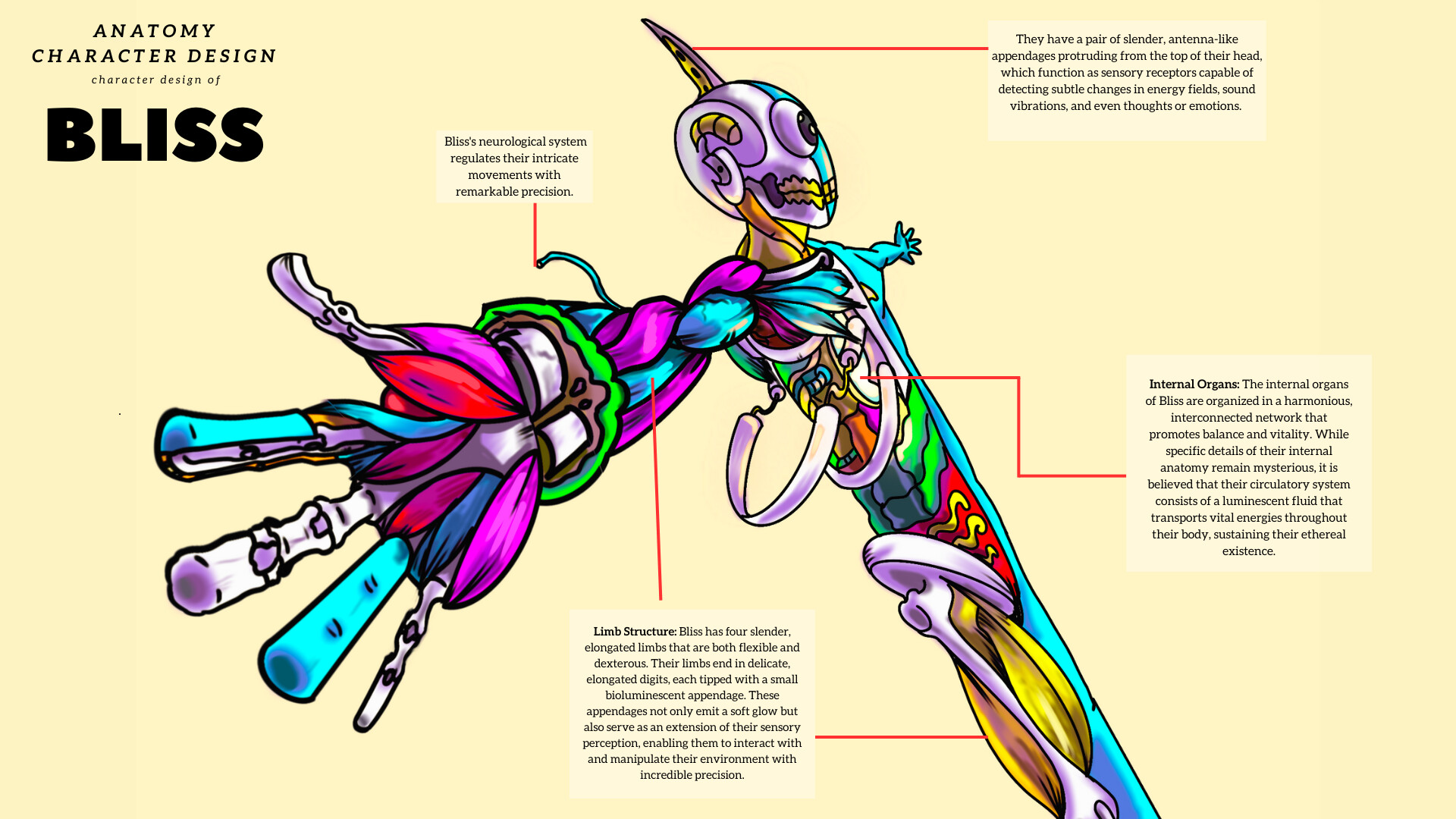Crafting Dialogue to Evoke Wonder in Scenes
Dialogue serves as a powerful tool not just for advancing plot or revealing character, but also for creating a sense of wonder and intrigue within scenes. When crafted effectively, dialogue can spark curiosity, mystery, and a profound sense of awe in readers or viewers, drawing them deeper into the story. Here's how writers can use dialogue to imbue scenes with a captivating sense of wonder.
Introduce Enigmatic Characters:

Begin by introducing characters who exude an aura of mystery and intrigue. Their dialogue should be infused with cryptic hints, veiled meanings, and enigmatic references that leave the audience intrigued and eager to uncover more about them. Rather than revealing everything upfront, let their dialogue gradually peel back the layers of their complexity, keeping the audience guessing and engaged.
Use Evocative Language:
Choose words and phrases that evoke a sense of wonder and mystery. Employ vivid imagery, poetic language, and metaphorical expressions to transport readers or viewers to a realm of imagination and curiosity. Dialogue that sparks the imagination, leaving room for interpretation and speculation, can heighten the sense of wonder, inviting audiences to ponder the deeper meanings behind the words spoken.
Employ Socratic Dialogue:
Socratic dialogue, characterized by questioning and intellectual inquiry, can be a powerful tool for evoking wonder. Engage characters in philosophical or existential discussions that probe the mysteries of life, the universe, and human existence. Through thoughtful dialogue exchanges, explore profound questions and dilemmas that challenge characters' beliefs and perceptions, inviting audiences to contemplate the mysteries of the universe alongside them.
Unveil Secrets and Revelations:

Utilize dialogue to unveil secrets, revelations, and hidden truths that shatter characters' preconceptions and ignite a sense of wonder. Drop hints, foreshadowing, and subtle clues throughout the dialogue, gradually building anticipation and suspense. Employ dramatic reveals and twists in the dialogue that leave audiences reeling with awe and fascination, eager to unravel the mysteries that lie beneath the surface.
Foster Curiosity and Speculation:

Encourage curiosity and speculation through dialogue that raises intriguing questions and sparks intellectual debate. Pose riddles, conundrums, and paradoxes that challenge characters' perceptions and invite audiences to ponder their own interpretations. Allow characters to express wonder and awe through their dialogue, conveying their sense of marvel and fascination at the mysteries of the world around them. By tapping into characters' emotions, writers can evoke a similar response in the audience, fostering a deeper connection to the narrative.
Dialogue is a potent vehicle for evoking wonder and intrigue in a scene, allowing writers to imbue their narratives with mystery, curiosity, and awe. By introducing enigmatic characters, using evocative language, employing Socratic dialogue, unveiling secrets and revelations, and fostering curiosity and speculation, writers can create scenes that captivate and enthrall audiences, leaving them spellbound long after the dialogue ends.